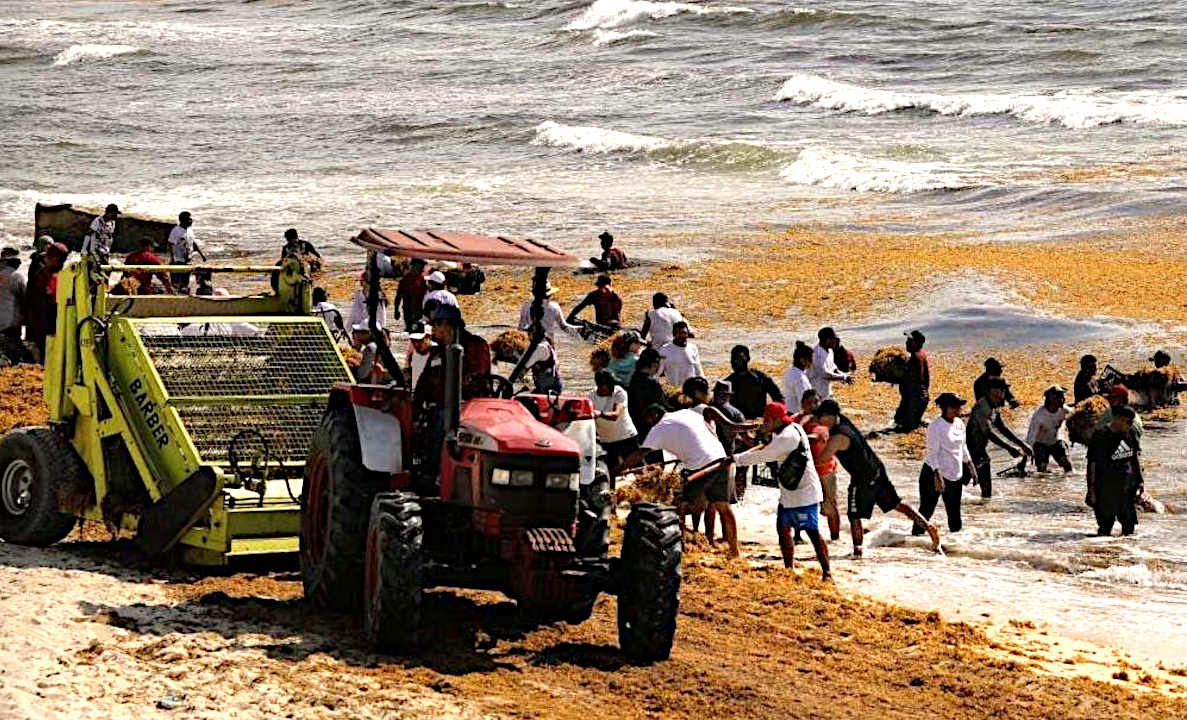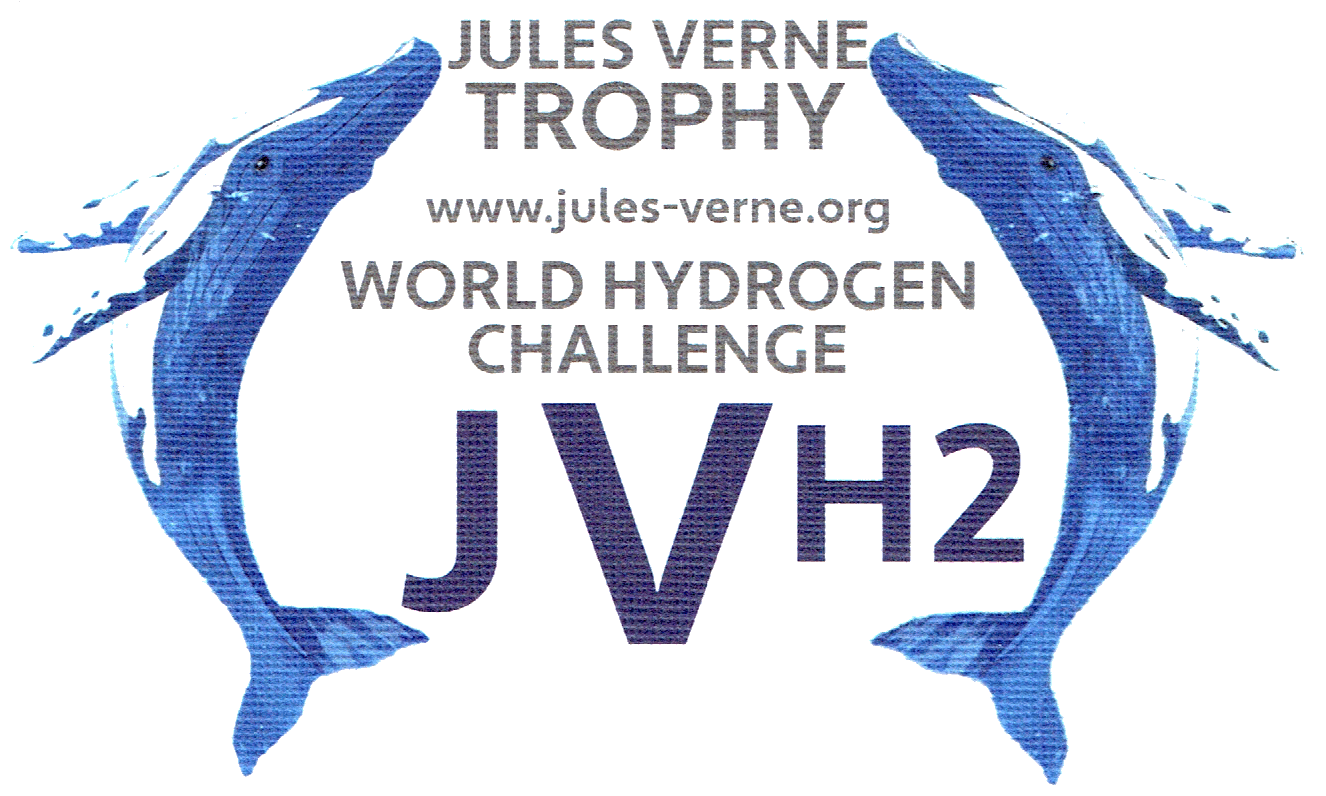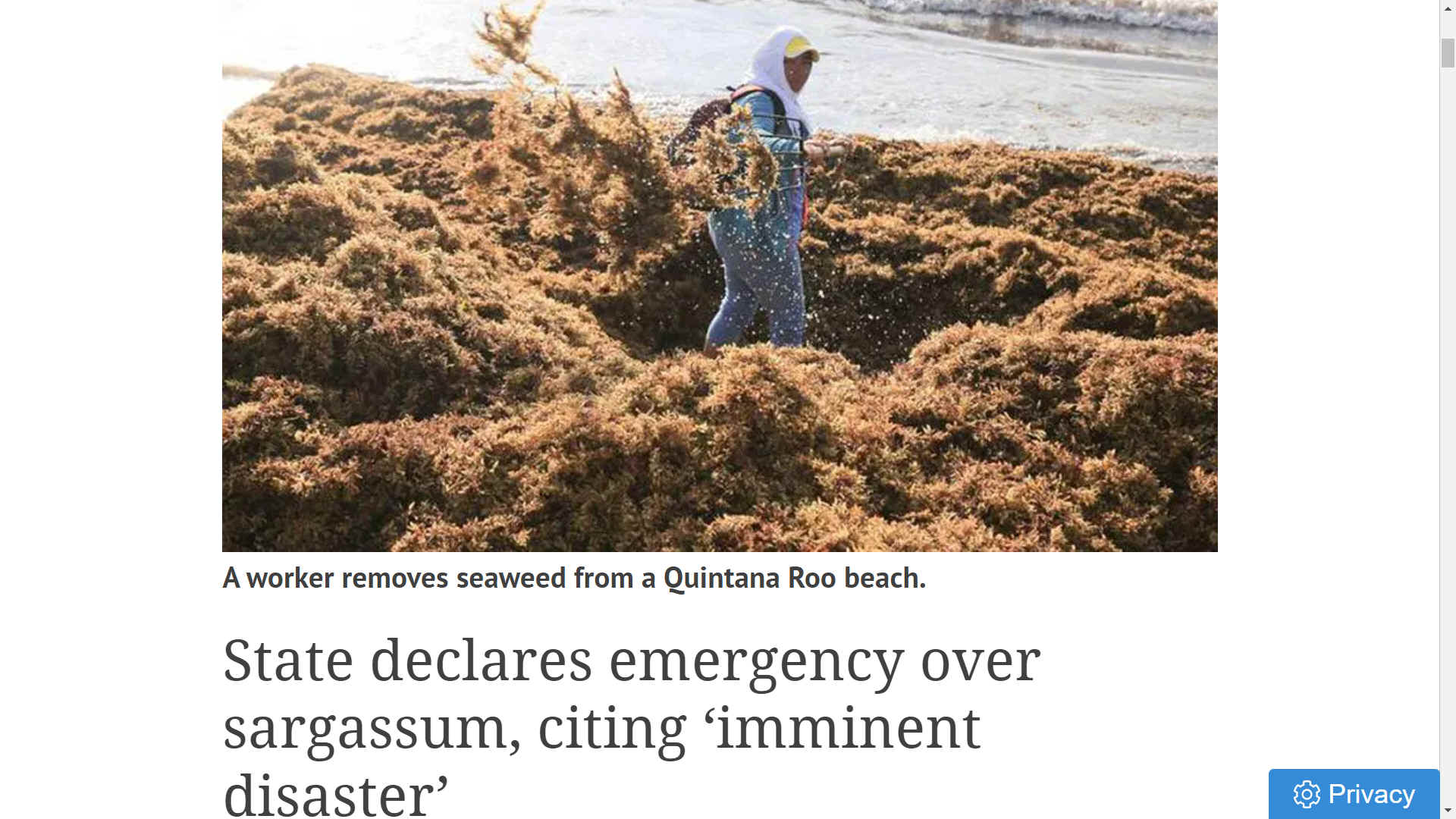
MEXICO NEWS DAILY 13 JUNE 2019
The government of Quintana Roo has declared a state of emergency in order to access funds to deal with the large amounts of sargassum that are washing up on the state’s beaches.
The state described the situation as an “imminent natural disaster.”
“The arrival and decomposition of large quantities of sargassum should be addressed with a double perspective, of guaranteeing the protection and use of the natural environment, and consequently, guaranteeing the normal development of human health,” reads the decree.
The state of emergency makes it possible for federal funds to be directed toward gathering and disposing of sargassum in Quintana Roo, where eight state agencies are working together to craft a plan to address the problem.
The declaration applies to the municipalities of Lázaro Cárdenas, Isla Mujeres, Benito Juárez, Puerto Morelos, Cozumel, Solidaridad, Tulum, Felipe Carrillo Puerto, Bacalar and Othón P. Blanco.
Governor Carlos Joaquín González said the state hopes to receive 600 million pesos (US $31 million) to fund the emergency actions. He said the funds could come from local, state and federal governments, as well as the
World Bank and the Inter-American Development Bank. Any revenue generated by the commercialization of the macroalgae will be used to offset the cost of the program.
Over the past few months, hundreds of cubic meters of the seaweed have been washing up on beaches in the Mexican Caribbean, causing huge losses for tourism companies and damaging coastal ecosystems.
In addition, a study by UNAM scientist Rosa Elisa Rodríguez Martínez found that some sargassum contains high levels of arsenic and heavy metals. That could complicate ideas to reuse collected sargassum as livestock feed, compost or even as an ingredient in food for human consumption.
However, the environment secretary cautioned that there’s not enough evidence to conclude that all or most sargassum washed up on beaches contains dangerous levels of contaminants.
“From what I understand, in a preliminary analysis, some heavy metals were detected, but that’s not enough to say it’s a constant,” Alfredo Arellano told Milenio. “To make an affirmation about the presence of heavy metals, we would need many more samples, from different areas.”
DECLARATIONS OF EMERGENCY
The unprecedented scale of the Sargassum influxes also led to declarations of emergency conditions in several Caribbean countries e.g. Tobago in 2015, Barbados in 2018, and
Mexico in 2019 (Chavez et al.
2020) and the US
Virgin Islands in 2022.
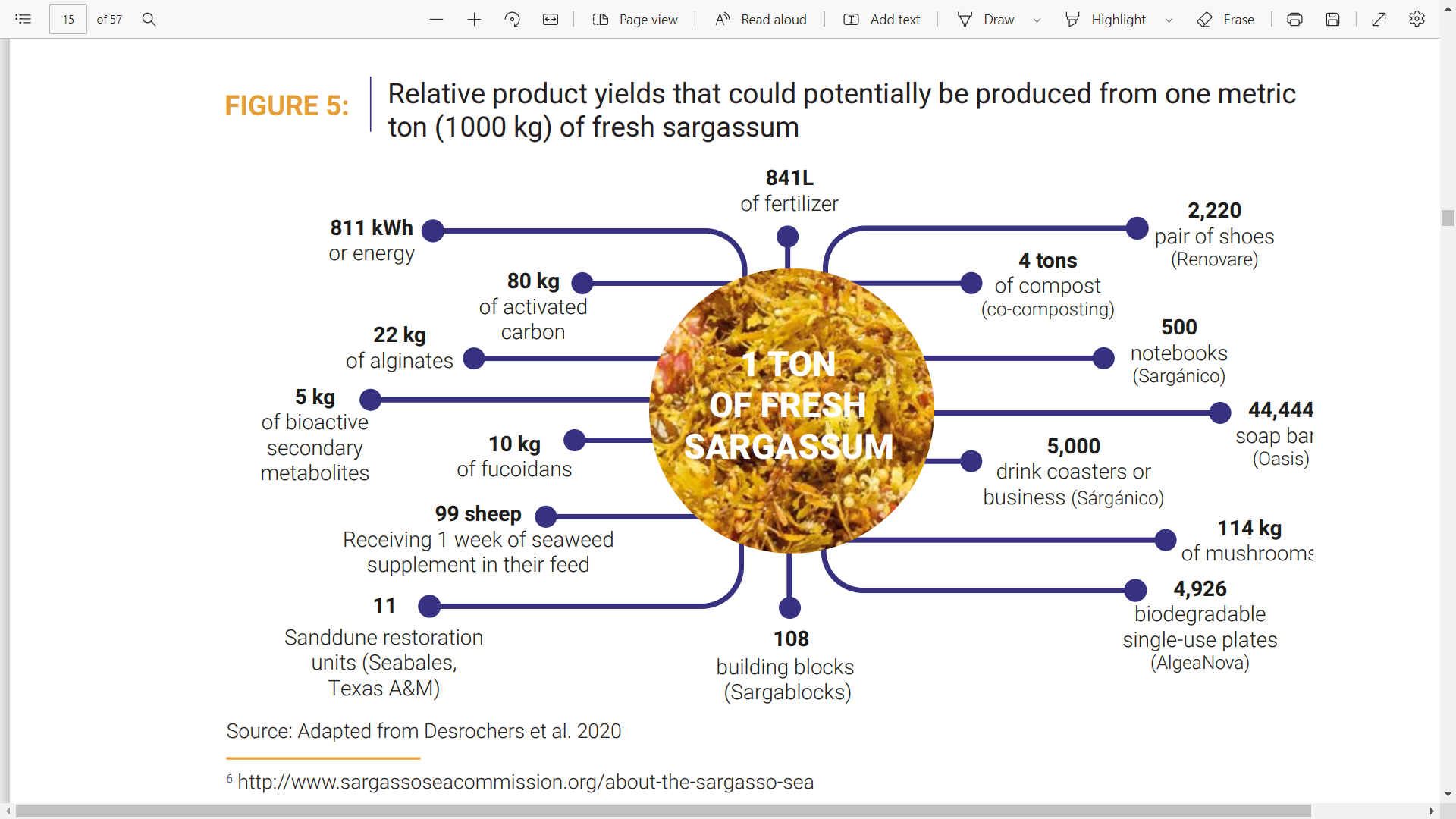
ABOUT THE GOVERNOR
Carlos Manuel Joaquín González (born January 6, 1965) is a Mexican politician, the governor of the state of Quintana Roo. From 2009 to 2012 he served as Deputy of the LXI Legislature of the Mexican Congress representing Quintana Roo.
Joaquín González was born on January 6, 1965, in Cancún, the half brother of Pedro Joaquín Coldwell, a former PRI president, senator and former Secretary of Energy. He obtained his undergraduate degree in public accounting from the Universidad Autónoma de Yucatán in 1988. Through the 1980s and 1990s, he worked for various companies; he supervised the auditing department of Hidrogenadora Yucateca, S.A. de C.V. from 1984 to 1988 and worked as an operations manager at other southeastern Mexican companies, including Aerovias Caribe, S.A. de C.V. (1988–90) and Portatel del Sureste, S.A. de C.V. (1990–2001). He also specialized in senior management at Tec de Monterrey.
In 1999, he became an active member of the PRI. He served as the treasurer of Solidaridad, Quintana Roo (the municipality containing Playa del Carmen) from 2002 to 2005 and was municipal president from 2005 to 2008. Also in 2008, he served as president of the Association of Coastal Municipalities of Mexico. For one year after leaving Solidaridad, Joaquín González became the secretary of tourism for Quintana Roo.
In 2009, Joaquín González won election to the LXI Legislature as a federal deputy representing the third district of Quintana Roo, which includes Cancún. He presided over the Tourism Commission and served on the Navy and Fishing Commissions during his three years in San Lázaro.
After his time as a federal deputy, Joaquín González was designated as Subsecretary of Operations, and later as Subsecretary of Innovation and Tourist Development, in the Secretariat of
Tourism. He resigned from SECTUR in January 2016 and intended to seek the PRI's candidacy for governor of Quintana Roo for the second time; in 2010, he was defeated in the internal election by Roberto Borge, who went on to become governor.
On February 9, however, Joaquín González left the PRI after 17 years, claiming that a group within the state party led by Governor Roberto Borge was not letting him run for governor. One of his exploratory pre-campaign events was shut down by local and state officials for not notifying civil protection authorities. He would later call the state party "closed, corrupt, complicated", exclusive and discriminatory. Two days later, Joaquín González accepted the invitation of the PAN-PRD coalition to become the alliance's candidate for the gubernatorial elections, registering as a member of the latter party.
In the gubernatorial elections held on June 5, 2016, Joaquín González and the PAN-PRD alliance defeated Mauricio Góngora, the PRI candidate, by ten percentage points.
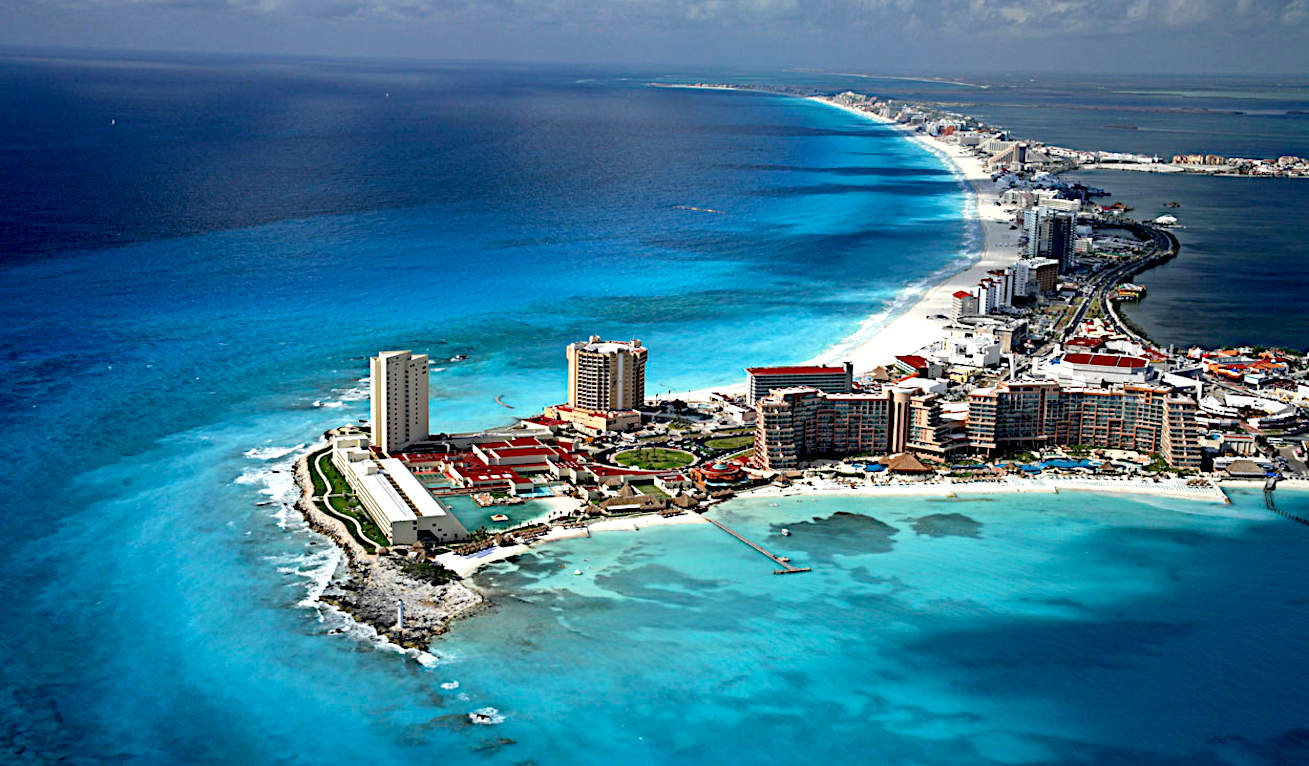
ABOUT QUINTANA ROO
Quintana Roo (Spanish: [kinˈtana ˈro]), officially the Free and Sovereign State of Quintana Roo (Spanish: Estado Libre y Soberano de Quintana Roo), is one of the 31 states which, with Mexico City, constitute the 32 federal entities of Mexico. It is divided into 11 municipalities and its capital city is Chetumal.
Quintana Roo is located on the eastern part of the Yucatán Peninsula and is bordered by the states of Campeche to the west and Yucatán to the northwest, and by the Orange Walk and Corozal districts of Belize, along with an offshore borderline with Belize District to the south. As Mexico's easternmost state, Quintana Roo has a coastline to the east with the Caribbean Sea and to the north with the Gulf of Mexico. The state previously covered 44,705 square kilometers (17,261 sq mi) and shared a small border with Guatemala in the southwest of the state. However, in 2013, Mexico's Supreme Court of Justice of the Nation resolved the boundary dispute between Quintana Roo, Campeche, and Yucatán stemming from the creation of the Calakmul municipality by Campeche in 1997, siding with Campeche and thereby benefiting Yucatán.
Quintana Roo is the home of the city of Cancún, the islands of Cozumel and Isla Mujeres, and the towns of Bacalar, Playa del Carmen and Akumal, as well as the ancient Maya ruins of Chacchoben, Cobá, Kohunlich, Muyil, Tulum, Xel-Há, and Xcaret. The Sian Ka'an biosphere reserve is also located in the state. The statewide population is expanding at a rapid rate due to the construction of hotels and the demand for workers. Many migrants come from Yucatán, Campeche, Tabasco, and Veracruz. The state is frequently hit by severe hurricanes due to its exposed location, the most recent and severe being Hurricane Dean in 2007, which made landfall with sustained winds of 280 km/h (170 mph), with gusts up to 320 km/h (200 mph).
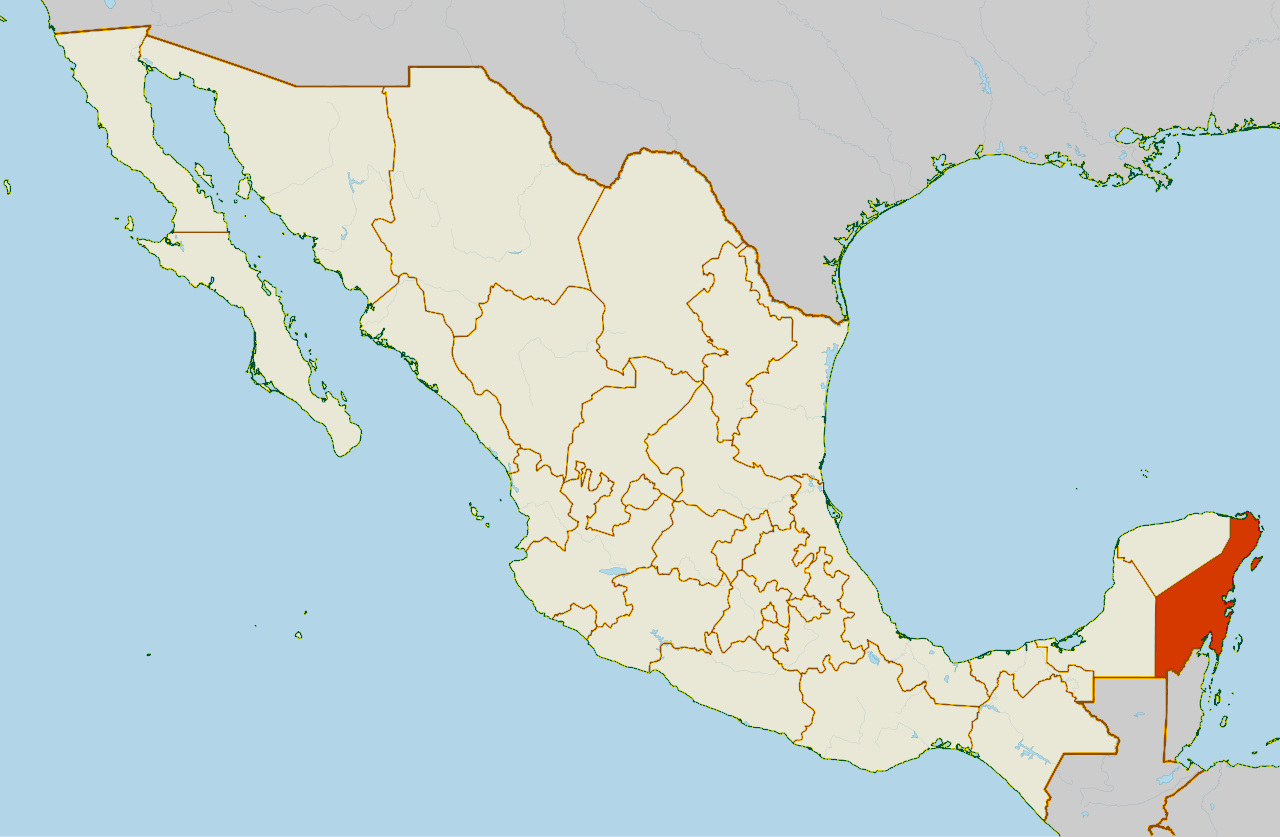
ECO TOURISM & GLOBALIZATION
Quintana Roo's tourist boom began in the 1970s. Tourism resulted in the development of coastal hotels and resorts, in addition to ecotourism inland and in coastal regions, which have increased the development of the region as well as the gross domestic product. Quintana Roo ranks sixth among Mexican states according to the
United Nations Human Development index (HDI).
The Riviera Maya is located along the Caribbean coastline, including Cancún, Playa del Carmen, Puerto Morelos, Akumal and Cozumel.
There are a number of Mayan archeological sites in Quintana Roo, including Chacchoben, Coba, Kohunlich, Muyil, San Gervasio, Tulum, Xcaret, Xelha, and
Yo'okop.
BIOTIC
SITUATION OF THE YUCATÁN PENINSULA
The Yucatán Peninsula is one of the most forested areas of the world in terms of biotic mass per hectare. However,
anthropological,
biological and governmental experts have determined that Quintana Roo is 'facing a faunal crisis'. Many medium to large game animals are disappearing due to hunting and habitat loss. While its
population is relatively small, Quintana Roo is experiencing both a population influx and an increase in tourism. This only increases the pressure on the plants and animals native to the area.
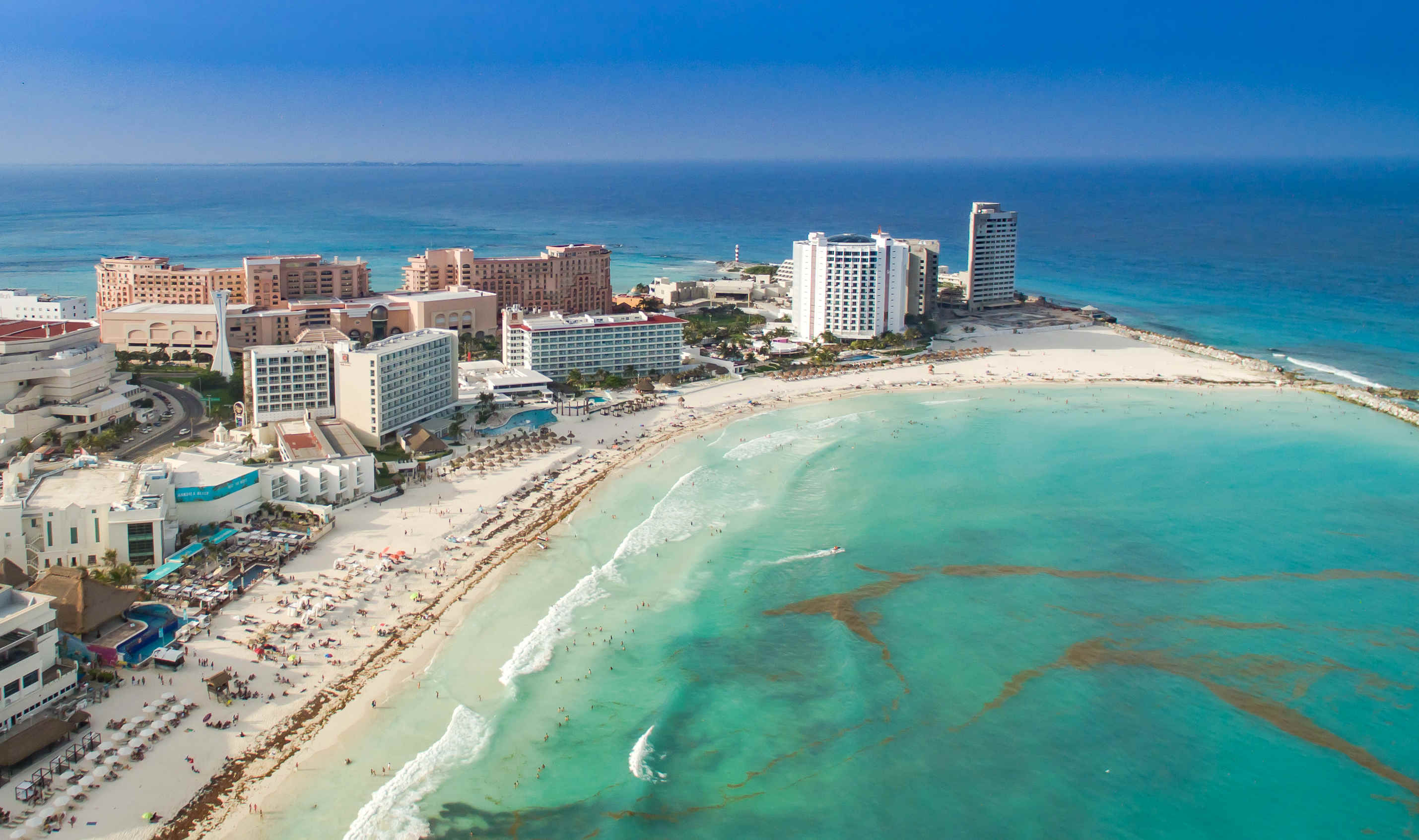
ECOSYSTEMS & ANIMALS
There are four generalized ecosystems in Quintana Roo - tropical forests, or jungle; savanna, mangrove forests, and
coral
reefs. One of the byproducts of traditional and large-scale agriculture is the creation of additional habitats, such as second growth forests and fields/pastures. Tourism has caused Quintana Roo to become famous around the world in the last thirty or so years for its beaches, coastline and cenote sinkholes.
Biological experts consider the coastline of Quintana Roo one of the best manatee habitats worldwide. Queen conchs are also noted for their inhabitation of coastal territory. The wide variety of biotic organisms such as these has decreased drastically in the last fifteen years.
AVIFAUNA
Also affected by the loss of habitat due to both agriculture and development,
birds are one of the region's most varied animal assets. Hundreds of species reside in Quintana Roo permanently, with hundreds of others either wintering there or using it as a stopover on the long journey into South America. As a result, many birders come to the area annually in search of the rare and unexpected.
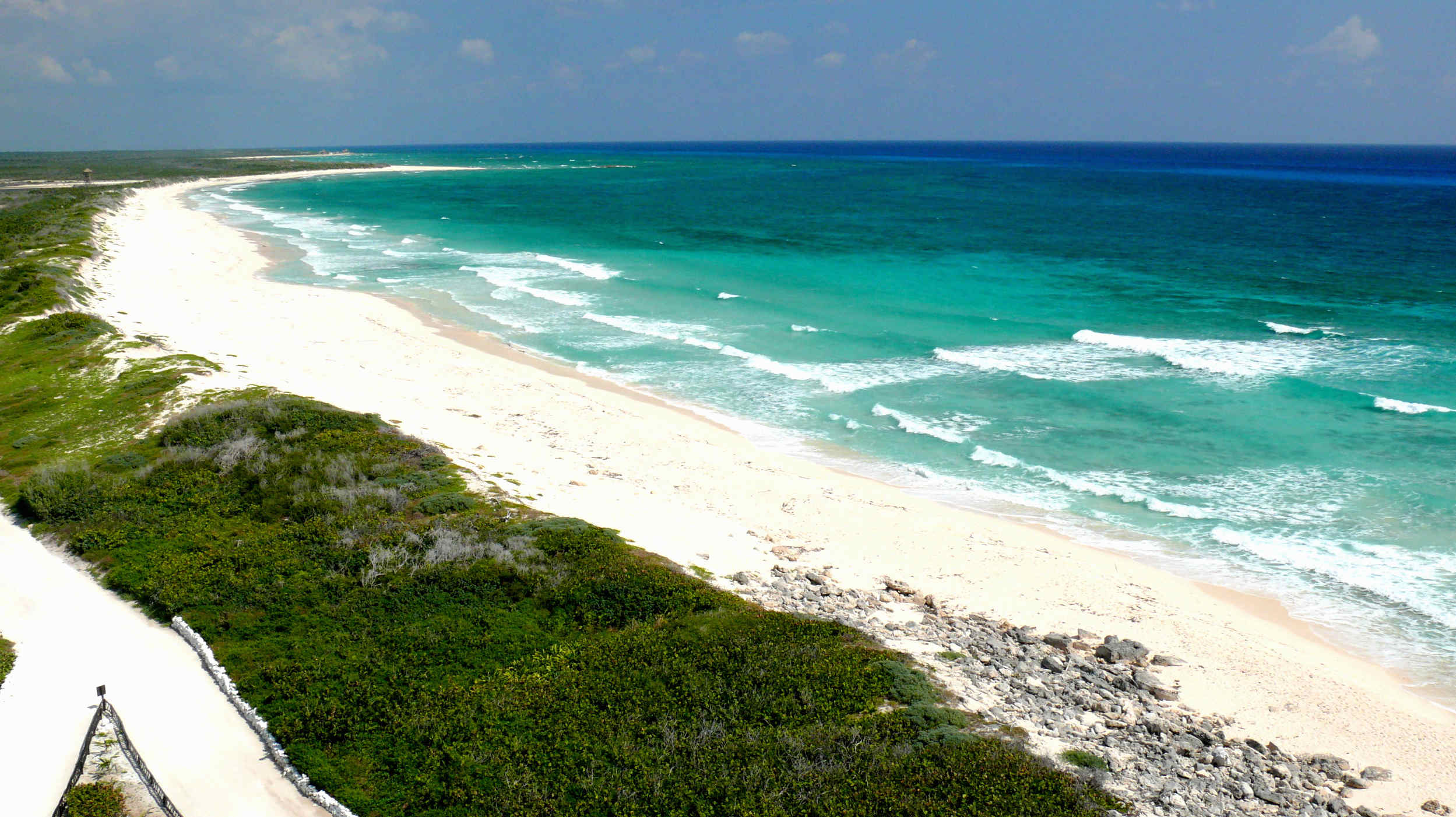
IMPACT
Many blame the environmental damage in Quintana Roo on either the regional government or outside investors. However, resorts and hotels in Quintana Roo have created jobs and increased economic activity, which in turn has resulted in growth.
Projections for the tourism economy of Quintana Roo were exceedingly optimistic. It houses multiple tourist attractions from the Maya ruins to the lush forests and beautiful beaches. However, the long-term effects were not foreseen. The effect on the local environment was not properly considered. Economic stresses of development and population were virtually ignored. The effect on the native
population was not properly considered. The 'economic marginalization' of the Maya has had drastic effects on their sense of place and identity.
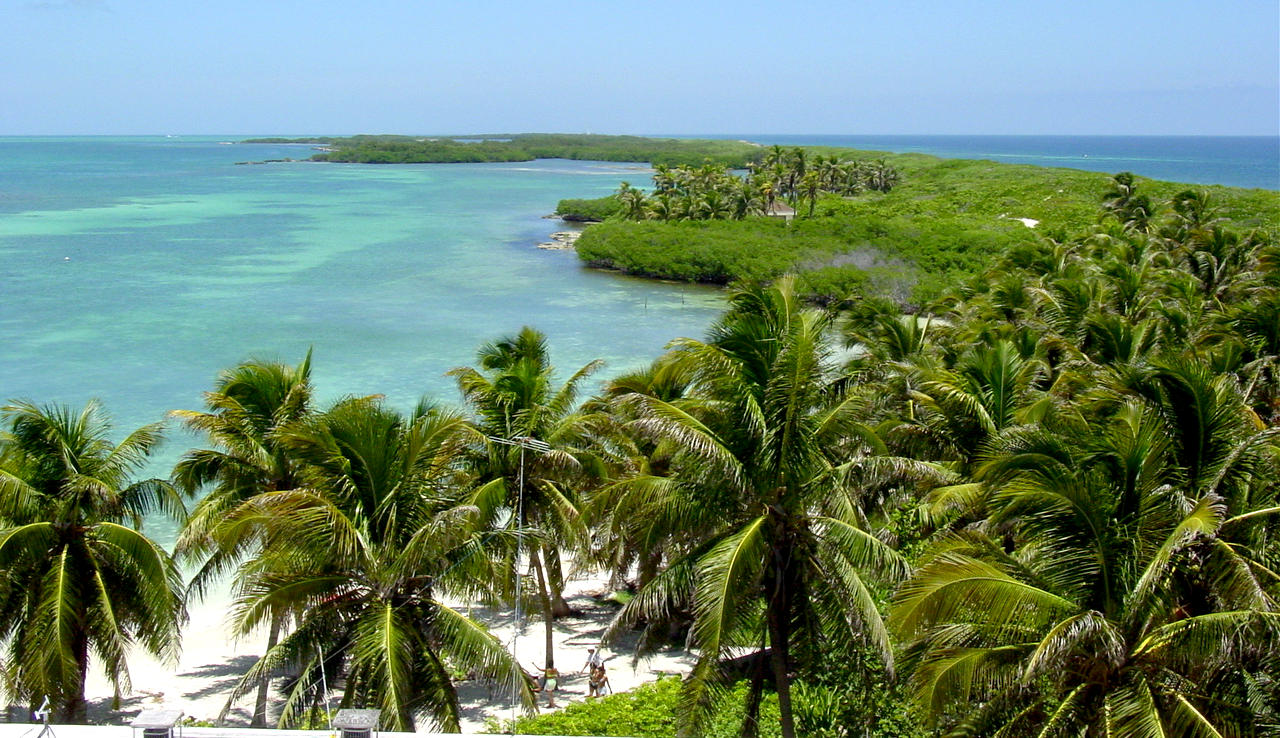
LINKS
https://mexiconewsdaily.com/news/state-declares-emergency-over-sargassum-citing-imminent-disaster/
https://mexiconewsdaily.com/news/state-declares-emergency-over-sargassum-citing-imminent-disaster/
